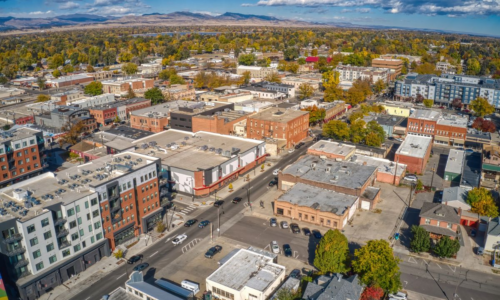A Tale of Two School Systems
10.05.2015
In public education, the District of Columbia may be the nation’s most interesting laboratory. It is the only city with two public school systems of roughly equal size, each with a different governance model. The results of this competition have profound implications for the future of public education nationwide.
The older of the two, the District of Columbia Public Schools, uses the “unified” governance model that emerged more than a century ago, in which the district operates all but one of its 113 schools and employs all the staff, with central control and most policies applied equally to most schools. Since 2007, when Michelle Rhee became chancellor, the district has gone to extraordinary lengths to wring performance out of its schools, pursuing the most aggressive reforms of any unified urban district in America.
The other system, overseen by the Public Charter School Board, is largely a 21st century creation. Under this governance model, the board does not own or operate schools. Instead, it contracts with 62 independent organizations – all of them nonprofits – to operate 115 schools. It negotiates performance contracts (charters) with operators, lets parents choose their schools, shuts down schools that fail to perform and replicates those that succeed.
Under both models, student performance is improving. Comparisons are tricky, because their demographics are slightly different. Charter students are poorer: 82 percent qualify for a free or reduced price lunch, compared to 75 percent in the public school district. The latter also has more white students: 12 percent compared to charters’ 5 percent. And its schools get $7,000 to $9,000 more per student each year than charters, mostly for buildings and pensions.
On the other hand, all charter families make an active choice of schools, while only about half of District of Columbia Public Schools families do, so some believe charter students are more motivated. Most experts agree that the district has more students “in crisis” – homeless, coming out of jail, former dropouts and so on – because families in crisis don’t usually make the effort to apply for charters. And many charters don’t accept students midway through the school year or “backfill” seats after students leave, while most district schools do. Far more students leave charters for district schools during the school year than the reverse, and sometimes the new entrants set back schools’ test scores, graduation rates and attendance rates.
It is hard to say just how these realities balance out. Fortunately, there is one study that tries to compensate for student demographics (but not for other factors). Stanford University’s Center for Research on Education Outcomes is a respected academic organization that has published extensive studies comparing charter and traditional public school performance on standardized tests. Its methodology compares charter students to demographically similar students in traditional public schools who have had similar test scores in the past.
The center found that between 2007-08 and 2010-11, charter students gained an average of 72 more days of learning per year in reading than traditional school students and 101 days in math – more than half an academic year.
Continue reading at U.S. News & World Report.







